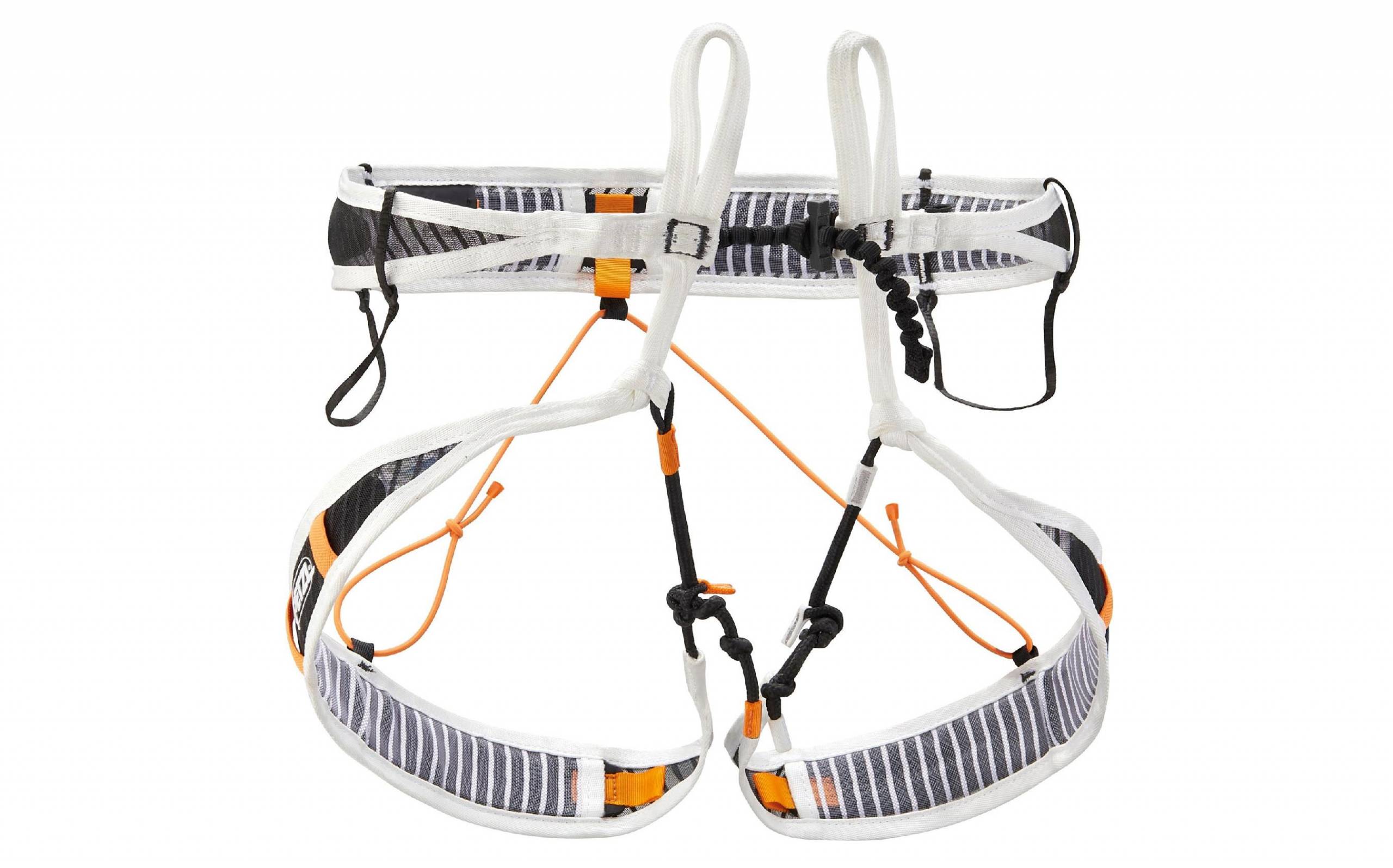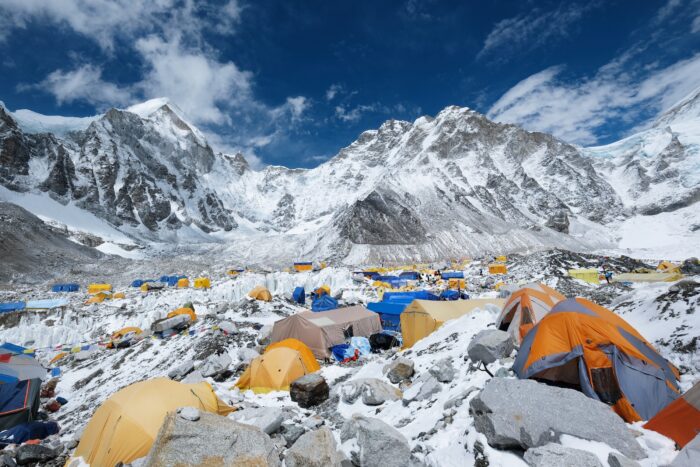The Petzl Fly is an ultralight harness that packs down to the size of a few Clif Bars, and is made specifically for ski mountaineers and alpinists.
I admit, I belong to neither faction of ski mountaineers or alpinists, but I am a splitboarder tiptoeing into steeper, more technical terrain. This past month, I had ample opportunities to log time in the Petzl Fly during an expedition to Denali National Park. Our crew camped on and navigated through a glacier, and rode rowdy lines for a week straight.
In short: The Petzl Fly Harness is ultralight. But it’s got more going for it too. (Like, removable padding, great support, and plenty of gear loops.) Learn why it’s now the go-to for glacier travel for one of our testers.
Why Ski or Ride With a Harness?
This will come as no surprise to winter backcountry travelers, but glacial travel is complex, making a harness obligatory for daily missions in the alpine regions. Avalanche hazards aren’t your only concern.
Instead, you must also contend with obstacles like seracs, bergschrunds, and gaping crevasses, which are often veiled by snow and impossible to discern with the naked eye.
Wearing a harness at all times is accepted as a minimum safety requirement — much like a beacon, shovel, and probe — so that a crew can rope up at a moment’s notice.
If you or a teammate falls, a harness is critical to implementing a successful crevasse rescue. Of course, rocking a harness can also be helpful off the glacier when tackling more technical approaches, rappels, and more.

Weighing Your Options: The Petzl Fly Is a Flyweight
I was initially drawn to the Fly, as it’s even lighter than the Altitude, a popular Petzl harness relied on by many ski and snowboard mountaineers. The Altitude weighs in at 160 g (size M), while the Fly weighs 130 g (size M) with padding.
And, the padding — a couple of millimeters of firm foam cushioning — can be removed to pare down to 100 g. While there are a few lighter harnesses on the market, a lack of padding seems standard practice if you want to dip below the 130g mark.
I’m not a masochist or hardcore gram counter, so I toured the entire week with the padding in. The weight and design of the harness made those 30 grams hardly noticeable.
And it offered impressive support as I carried a standard glacier rescue kit: a few auto-lockers, a couple of wiregate carabiners, ATC, sling, Micro Traxion, and Tibloc.














